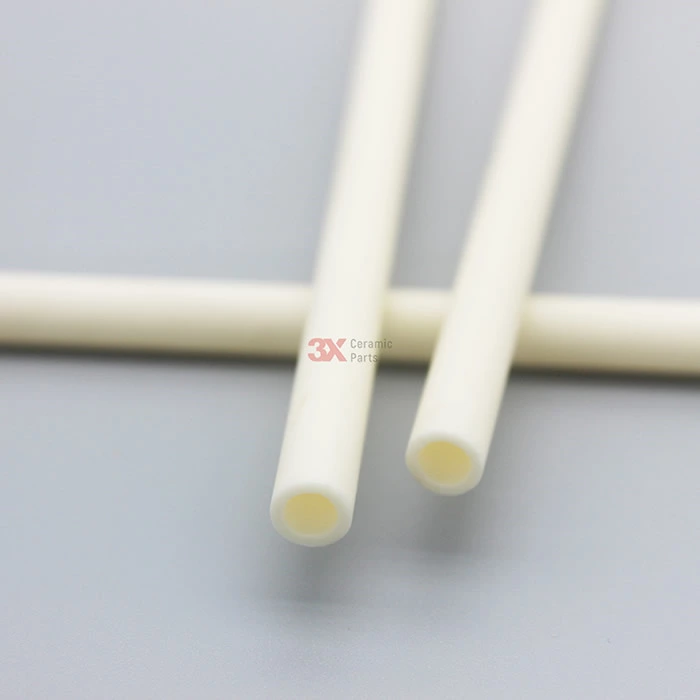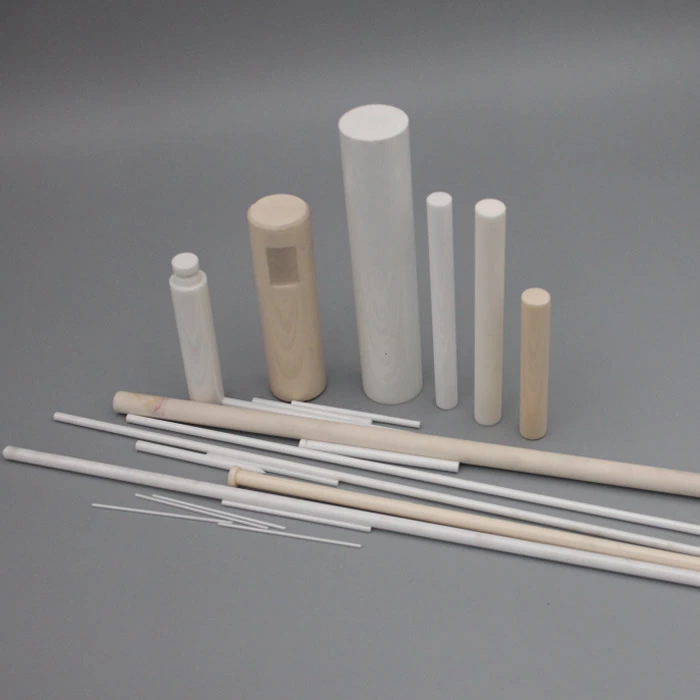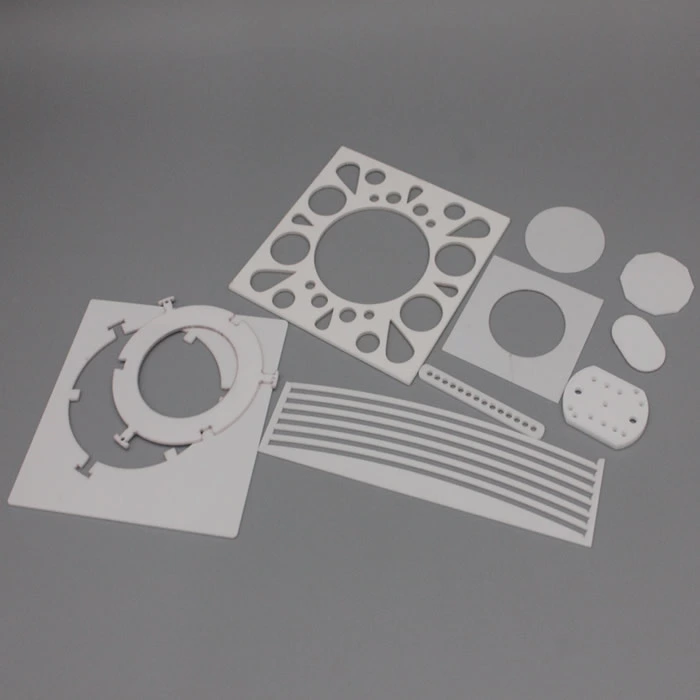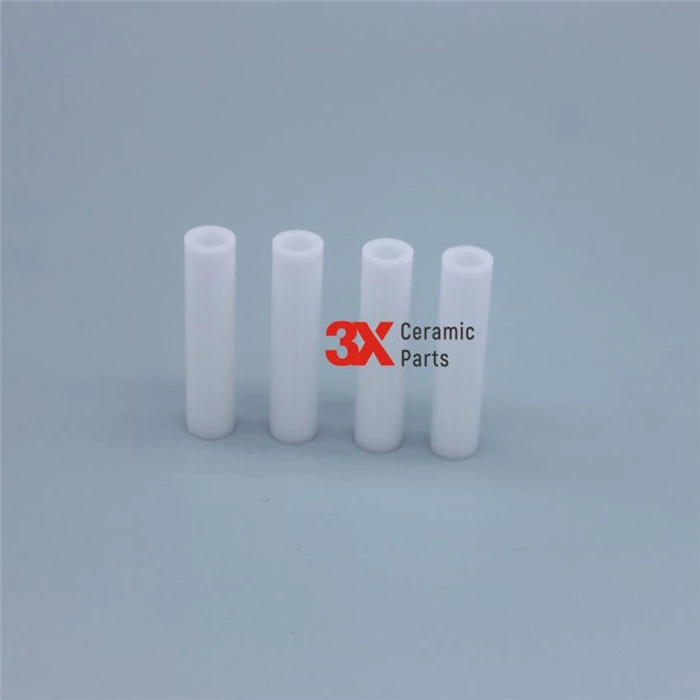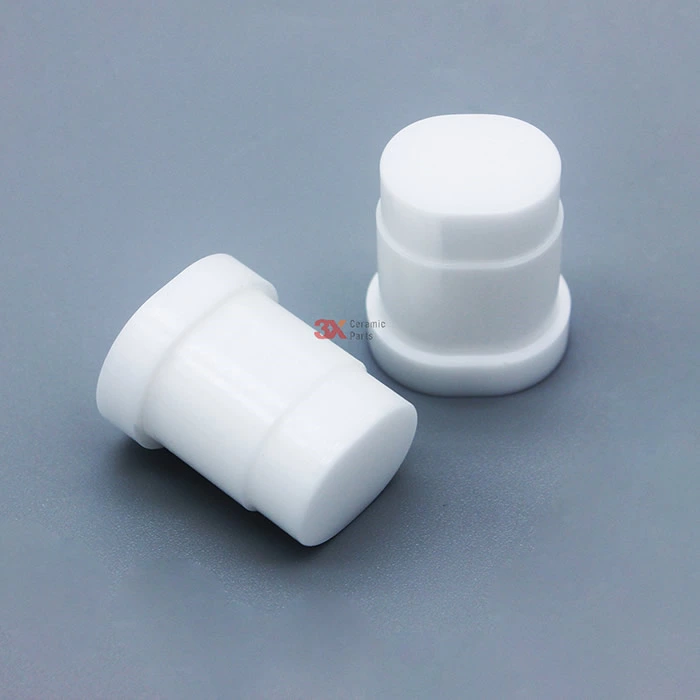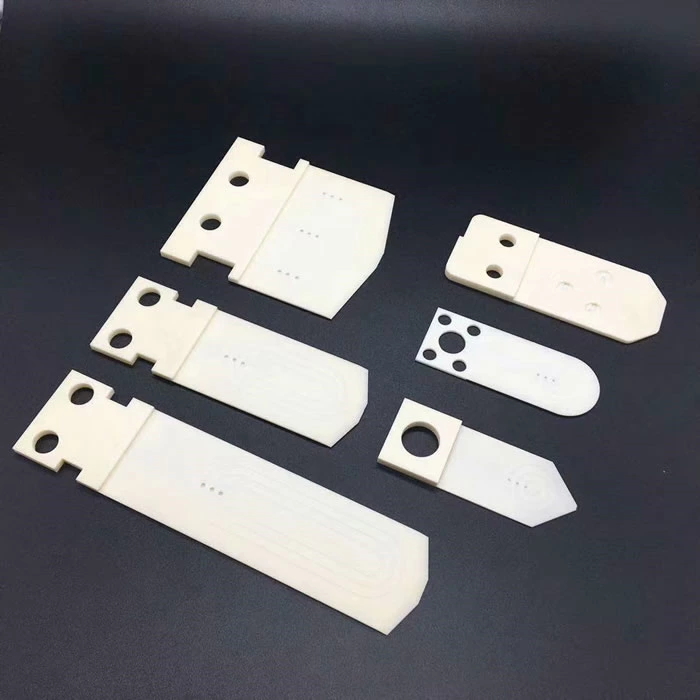Ceramic Substrates in Thick-Film and Thin-Film Resistors
Ceramic Substrates in Thick-Film and Thin-Film Resistors
In the electronics industry, resistors are fundamental components used to control current flow, divide voltages, and perform various other functions in circuits. Among the various types of resistors, thick-film and thin-film resistors are widely used due to their stability, precision, and reliability. A critical element in the performance of these resistors is the substrate on which they are built. Ceramic substrates, known for their exceptional thermal, mechanical, and electrical properties, play a crucial role in the manufacturing of both thick-film and thin-film resistors. This article explores the importance, applications, and benefits of ceramic substrates in these resistor technologies.
Thick-Film Resistors
Thick-film resistors are made by applying a paste composed of a resistive material onto a ceramic substrate. This paste is then fired at high temperatures, creating a thick, durable resistive layer. These resistors are known for their robustness, cost-effectiveness, and ability to handle high power levels.
Thin-Film Resistors
Thin-film resistors, on the other hand, are produced by depositing a very thin layer of resistive material, typically through sputtering or evaporation, onto a ceramic substrate. This layer is much thinner than that of thick-film resistors, resulting in components with higher precision, stability, and lower noise.


Ceramic Substrates: The Foundation of High-Performance Resistors
Key Properties of Ceramic Substrates
Thermal Conductivity: High thermal conductivity in ceramics, such as aluminum oxide (Al2O3) and aluminum nitride (AlN), ensures efficient heat dissipation, which is essential for maintaining the stability and longevity of resistors.
Electrical Insulation: Ceramics provide excellent electrical insulation, preventing current leakage and ensuring accurate resistance values.
Mechanical Strength: The inherent mechanical strength and rigidity of ceramics support the structural integrity of resistors, allowing them to withstand physical stresses during manufacturing and operation.
Chemical Stability: Ceramics are chemically inert, resisting oxidation and corrosion, which helps in maintaining the performance and reliability of resistors over time.
Surface Smoothness: The smooth surface of ceramic substrates is ideal for the deposition of resistive materials, ensuring uniform layers and consistent resistor characteristics.
Types of Ceramic Substrates
Several types of ceramic substrates are commonly used in thick-film and thin-film resistor manufacturing:
Aluminum Oxide (Al2O3): Widely used due to its good thermal conductivity, electrical insulation, and cost-effectiveness.
Aluminum Nitride (AlN): Preferred for applications requiring high thermal conductivity and low thermal expansion.
Silicon Nitride (Si3N4): Known for its high strength and thermal stability, making it suitable for demanding applications.
Applications of Ceramic Substrates in Resistor Technologies
Thick-Film Resistors
Thick-film resistors are used in a variety of applications where high power handling and robustness are required:
Power Supplies: Thick-film resistors are used in power supply circuits to manage current flow and voltage levels. The thermal stability and high power dissipation capabilities of ceramic substrates ensure reliable operation under varying load conditions.
Automotive Electronics: In the automotive industry, thick-film resistors are used in engine control units, sensors, and power management systems. The durability and resistance to harsh environments provided by ceramic substrates are critical for these applications.
Industrial Equipment: Thick-film resistors are employed in industrial machinery and equipment where high reliability and long-term stability are essential. Ceramic substrates provide the necessary mechanical and thermal properties to withstand industrial conditions.
Thin-Film Resistors
Thin-film resistors are used in applications requiring high precision, stability, and low noise:
Medical Devices: Thin-film resistors are integral to medical instrumentation and devices, where accurate signal processing and stable performance are crucial. The high precision and reliability offered by ceramic substrates make them ideal for such critical applications.
Communication Equipment: In telecommunications, thin-film resistors are used in high-frequency circuits and signal processing applications. The low noise and stable performance of ceramic substrates ensure high-quality signal transmission.
Consumer Electronics: Thin-film resistors are found in various consumer electronics, including smartphones, laptops, and audio equipment. The compact size and precise resistance values supported by ceramic substrates contribute to the miniaturization and performance of these devices.
Conclusion
Ceramic substrates are integral to the performance and reliability of thick-film and thin-film resistors. Their exceptional thermal, electrical, and mechanical properties make them ideal for a wide range of applications, from power supplies and automotive electronics to medical devices and communication equipment. Despite challenges related to cost and manufacturing complexity, the benefits provided by ceramic substrates often outweigh these considerations, particularly in demanding applications where performance and reliability are paramount.


